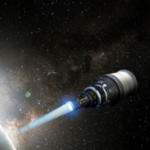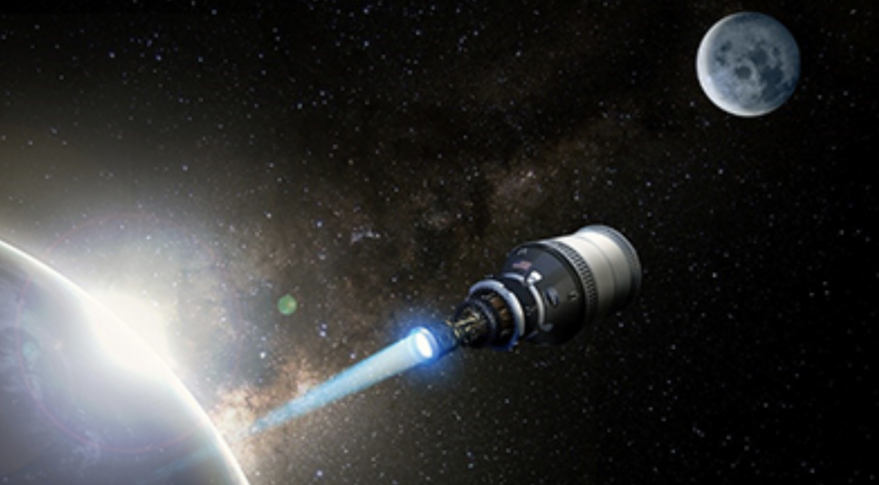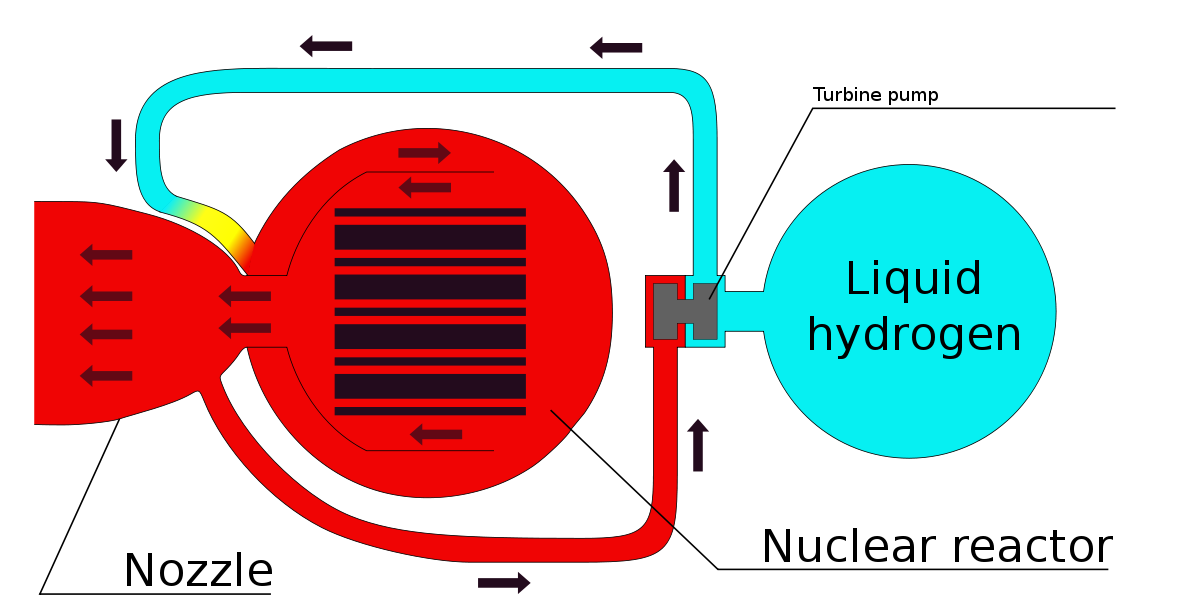The new space race is nuclear. The future of extra-terrestrial propulsion


In total silence, the great powers are preparing to explore space using the so-called "thermal nuclear engines", ie rocket engines that use the heat generated by a nuclear reactor. In May, the Defense Advanced Research Projects Agency issued a call for proposals for the next phase of the demonstration of a nuclear-powered spacecraft.
The project, called Demonstration Rocket for Agile Cislunar Operations (DRACO), began more than a year ago, when DARPA selected a preliminary design for a rocket reactor developed by General Atomics and chose two of Blue's spacecraft concept designs. Origin and Lockheed Martin.
The next phases of the program will focus on the design, development, manufacture and assembly of a thermal nuclear rocket engine. DARPA will conduct a "full and open competition," so this opportunity is not limited to the companies that participated in the first phase, a spokesperson told SpaceNews. Just last week the deadline for submitting applications came to an end.
How does nuclear thermal propulsion work? In this case a propelling gas, usually hydrogen, is heated to a very high temperature through the heat generated by a nuclear reactor, expanding enormously and being expelled at very high speed, ensuring the necessary thrust.

The advantages are obvious: the amount of energy d generated by nuclear fission is much higher than that of a chemical reaction. This enormously reduces the amount of fuel that must be used, and therefore carried with it, by the engine. Furthermore, in outer space the problem of radiation is less important.
The goal is to launch a flight demonstration of nuclear thermal propulsion in the year 2026, practically tomorrow.
"A single award is expected" in phase 2 of DRACO, the spokesperson said. The goal is to complete "the preliminary and detailed design of a demonstration system and to build and experimentally validate the nuclear thermal rocket flight engine". In phase 3, the demonstration system will be built to house a nuclear thermal rocket for an in-orbit flight test.
DARPA is investing in nuclear propulsion for spacecraft in the hope of successfully demonstrating an engine capable of flying great distances in cislunar space, the area between the Earth and the Moon.
"Nuclear thermal propulsion achieves a high thrust-to-weight ratio similar to that of chemical propulsion, but with two to five times the efficiency," said DARPA. NASA participates in the project, with the aim of using nuclear thermal propulsion also for long-duration human flight missions.
"The maneuver is more challenging in space due to the limitations of the propulsion system," said Major Nathan Greiner, program manager at DARPA's Tactical Technology Office. "To maintain technological superiority in space, the United States needs state-of-the-art propulsion technology."
Russia is experimenting with a nuclear powertrain for its own strategic missiles.

Thanks to our Telegram channel you can stay updated on the publication of new articles of Economic Scenarios.
The article The new space race is nuclear. The future of extra-terrestrial propulsion comes from ScenariEconomici.it .
This is a machine translation of a post published on Scenari Economici at the URL https://scenarieconomici.it/la-nuova-corsa-allo-spazio-e-nucleare-il-futuro-della-propulsione-extra-terrestre/ on Fri, 12 Aug 2022 06:00:57 +0000.
